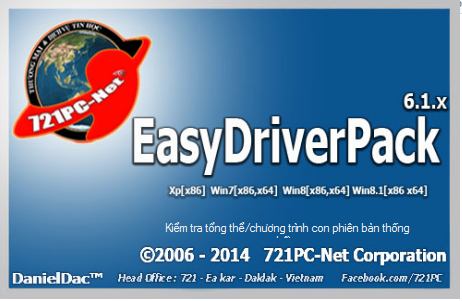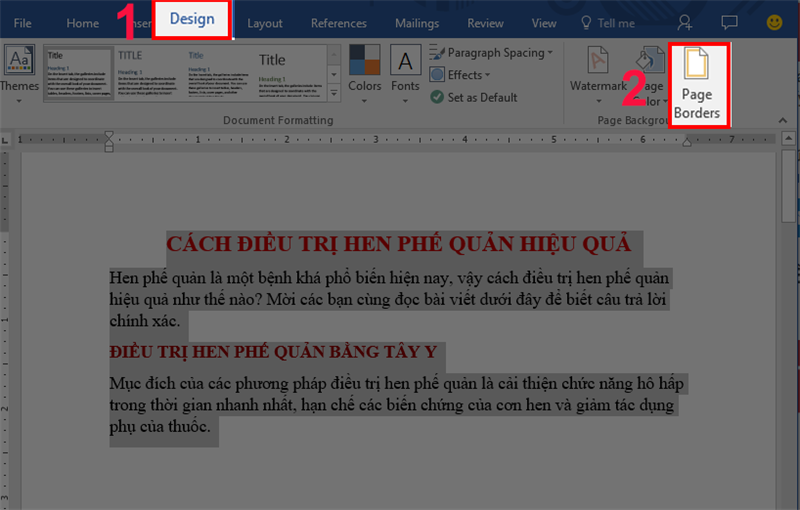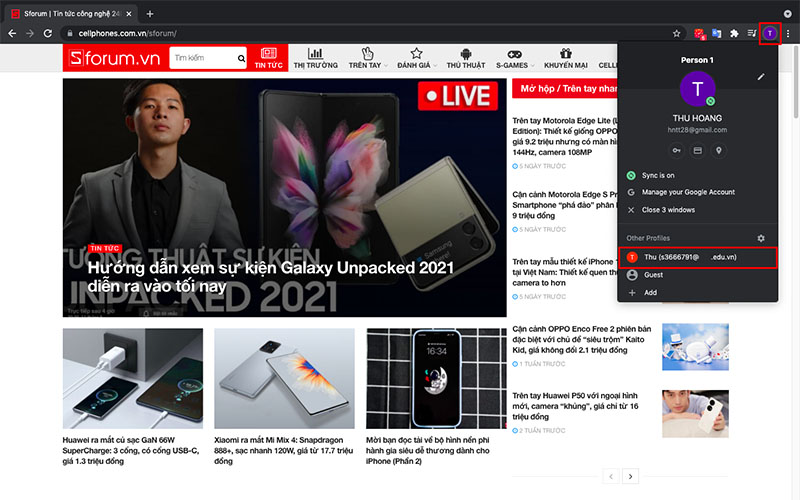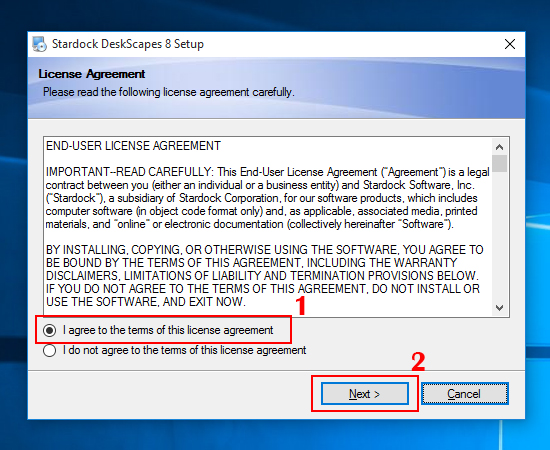Picture a beautiful shot of a beach at sunset or a snowy mountain…but there’s a backhoe spoiling the glory. Or maybe you snapped a photo of your loved one in a special place, only to find unloved ones marring the shot. Don’t worry; you can remove unwanted objects and people from your photos thanks to some powerful tools in Adobe Photoshop.
For years, you’ve been able to remove a subject from a background image with Photoshop, but it’s now easier than ever with new AI features and tools, specifically the Remove Tool. It removes a person or thing from a photo and generates a plausible background to fill in where the object used to be.
While older tools, like Photoshop’s Content-Aware Fill and Healing Brush, can remove objects from images and have been doing so for a few years, they don’t work as automatically or neatly as the AI-powered Remove Tool added in the June 2023 update. The Remove Tool is both more straightforward to use and more accurate than the previous methods.
Step 1:
Locate the Remove Tool
The Remove Tool is in the Band-Aid section of the left-hand toolbar. Adjust the brush size in the options bar (near the top of the image, where it says 93) to be large enough to brush over the object you want to remove without a lot of brushing.
Step 2:
Brush Over the Object
Once you enable the Remove Tool, brush over the object you want to remove. I recommend brushing around the object’s edges first and then filling in the entire center—and make sure you do it in one continuous motion. Note that you need to brush outside the object’s edge, too, not just inside it, as when selecting it. Brush the object’s shadow as well if it has one. I had to use the tool more than once to get a convincing result with this picture of a car I wanted to remove from a street scene.
Step 3:
Assess the Result and Try Again If Necessary
You may not get perfect results the first time, as shown below. In that case, you can try using the Remove Tool again after brushing slightly differently. Another option is to select the object and use Edit > Content-Aware Fill, but the automatic options in that tool delivered much worse results for me. It does, however, let you choose the replacement area, so you may have better results with it than I did.
Adobe’s documentation says the Remove Tool works with complex backgrounds. As you can see from the results, it created an unconvincing image by poorly filling in the double yellow road lines where the now-removed car had been blocking them from view, and the parked cars that previously weren’t fully visible don’t look real at all. The Remove Tool is new, so it will likely improve with time and updates, and it’s already better than earlier similar tools.
See farther down for a more successful attempt with the Remove Tool.
The example above is pretty complex, and I chose it to give the Remove Tool a challenge and to show you potential pitfalls. But you should know that the Remove Tool works extremely well on some shots, in particular those with a uniform blurry background and a clear human subject, shown below.
Recommended by Our Editors



Get More Out of Photoshop
To learn the ins and outs of the top image editing software, as well as hear about its newest features, read our full Adobe Photoshop review. You can also stay on top of related news and reviews on PCMag’s Adobe coverage page.
Like What You’re Reading?
Sign up for Tips & Tricks newsletter for expert advice to get the most out of your technology.
This newsletter may contain advertising, deals, or affiliate links. Subscribing to a newsletter indicates your consent to our Terms of Use and Privacy Policy. You may unsubscribe from the newsletters at any time.
Your subscription has been confirmed. Keep an eye on your inbox!
Sign up for other newsletters











